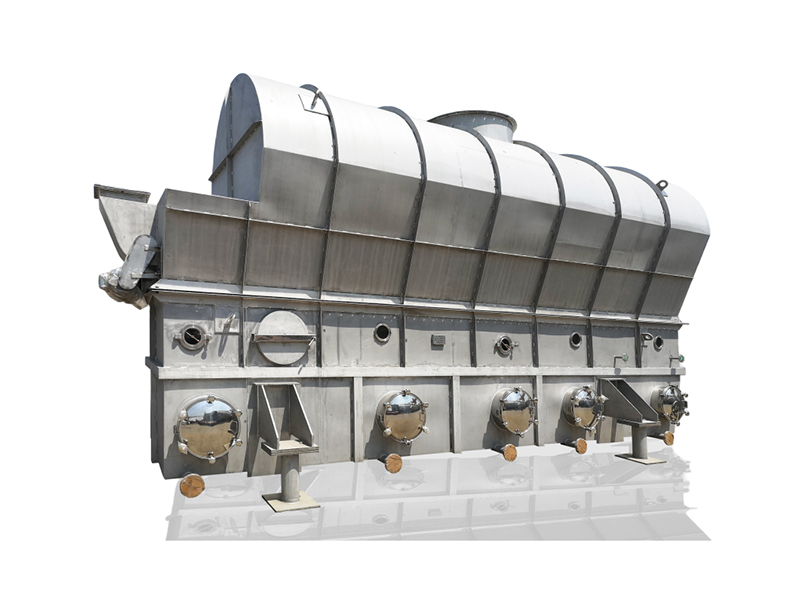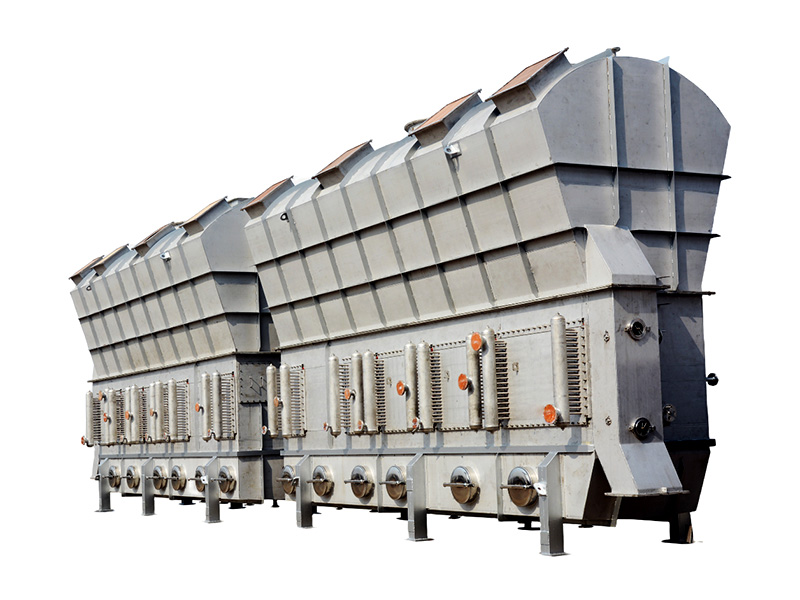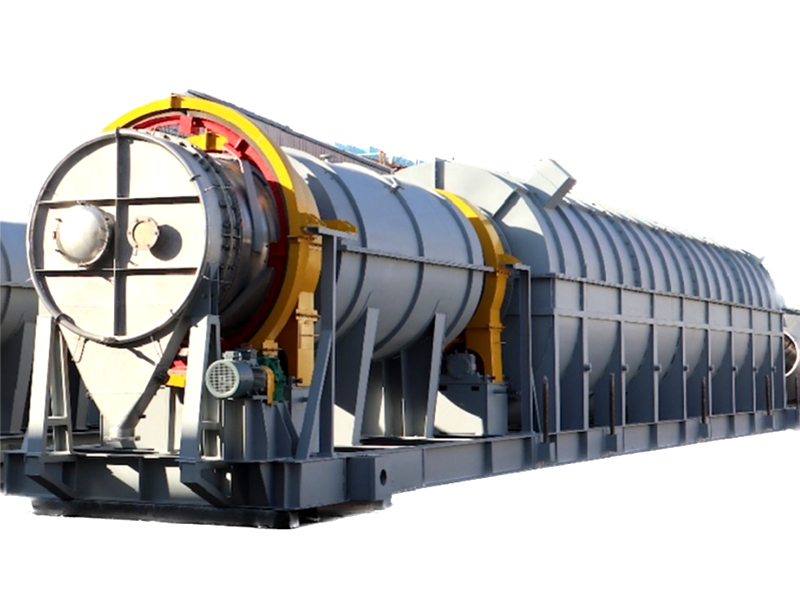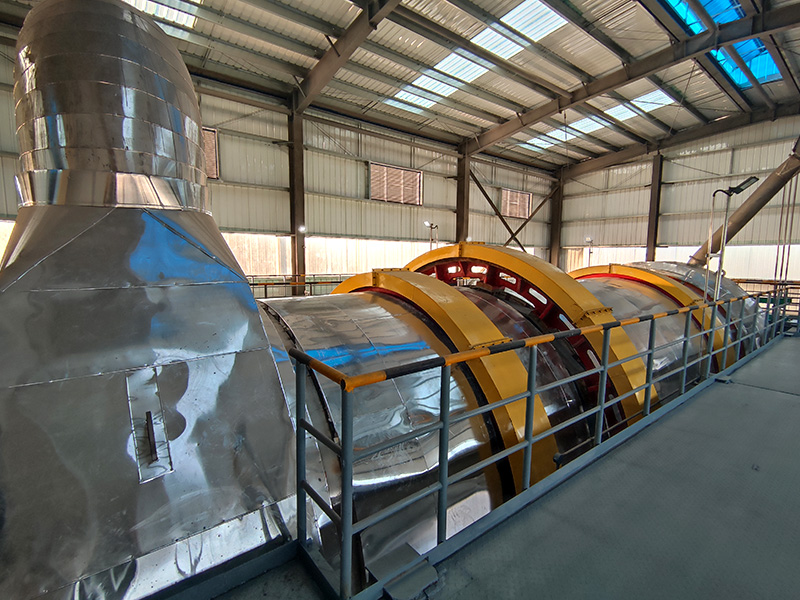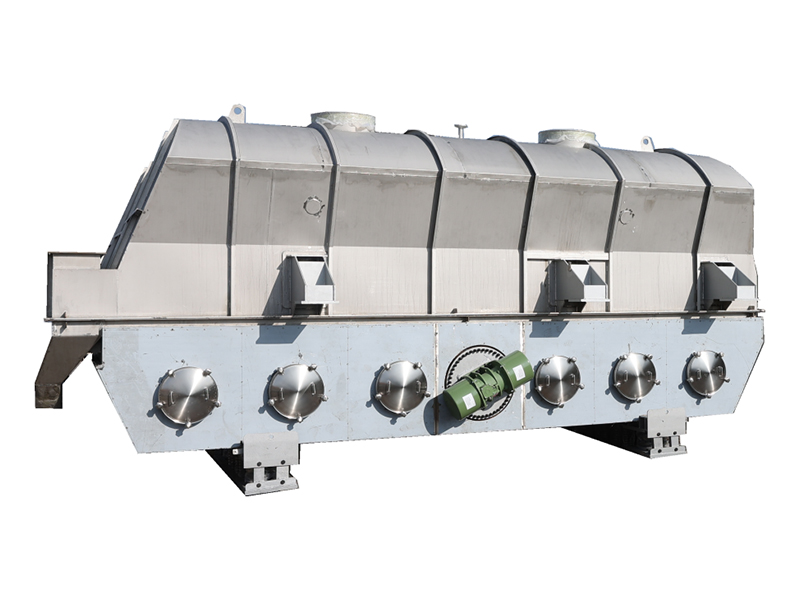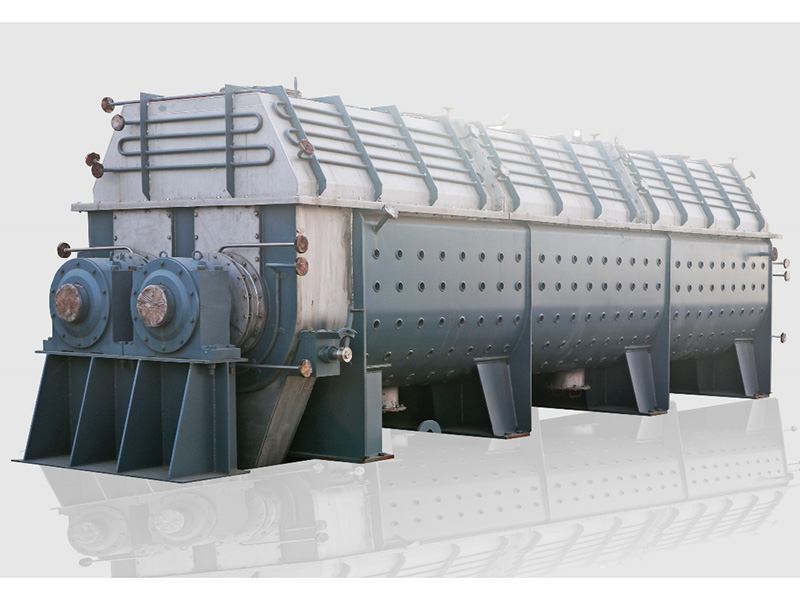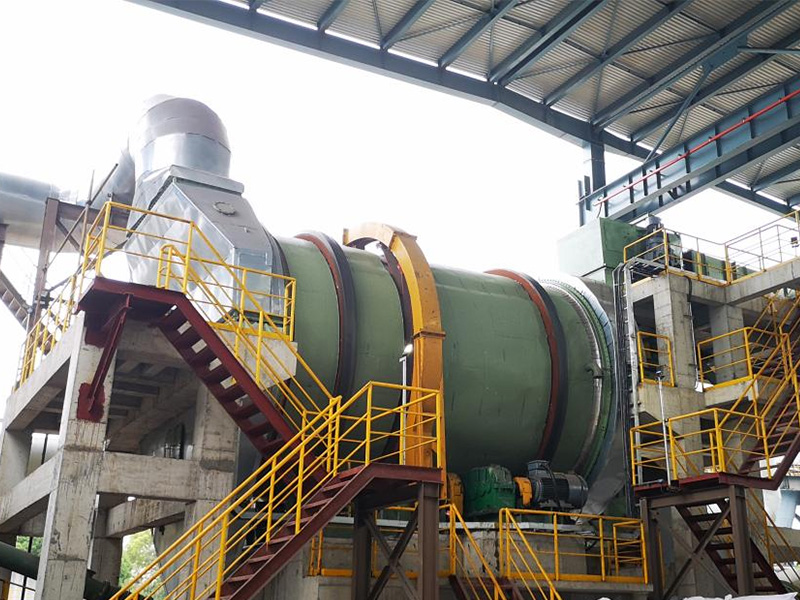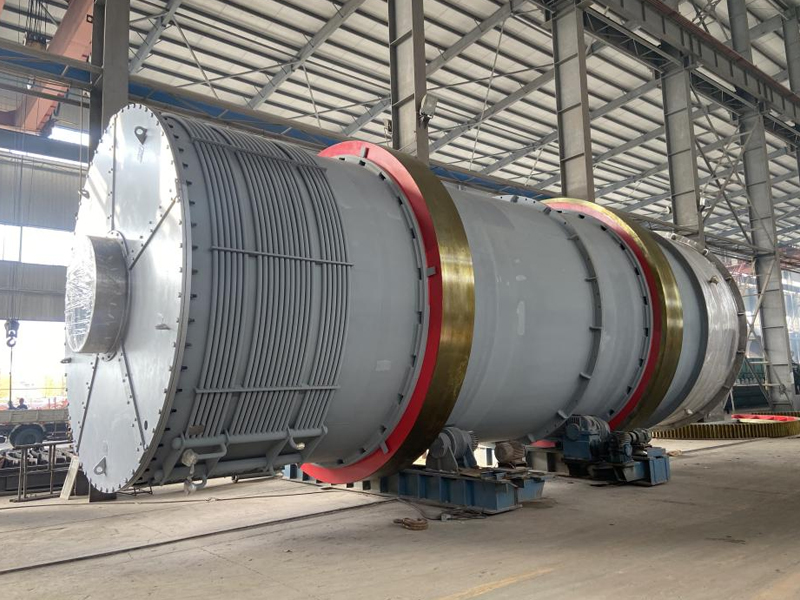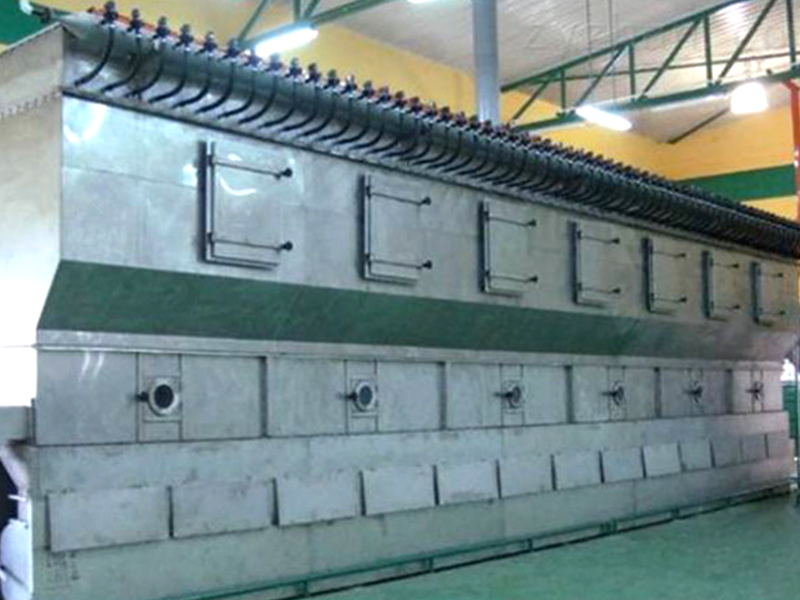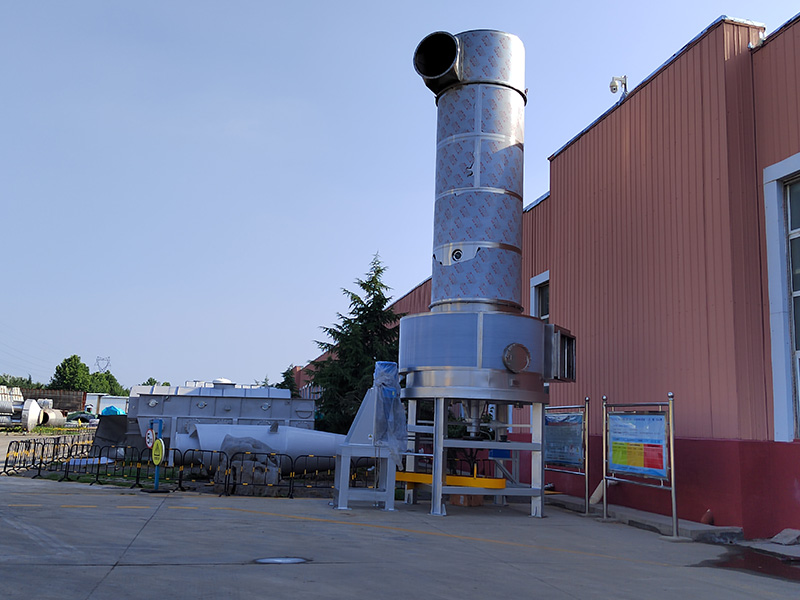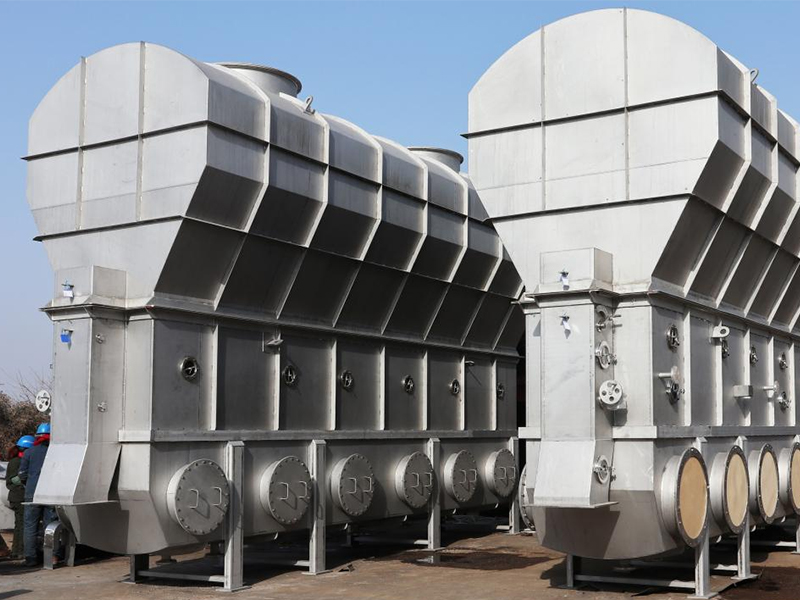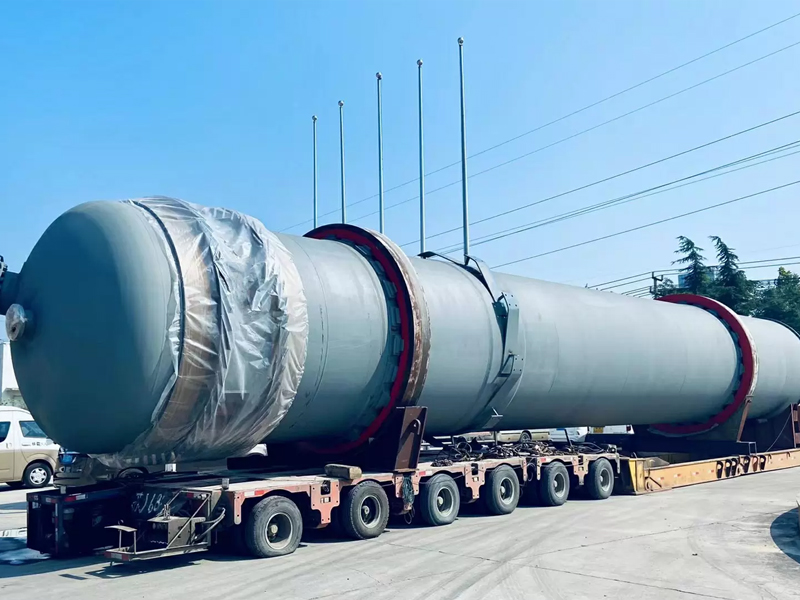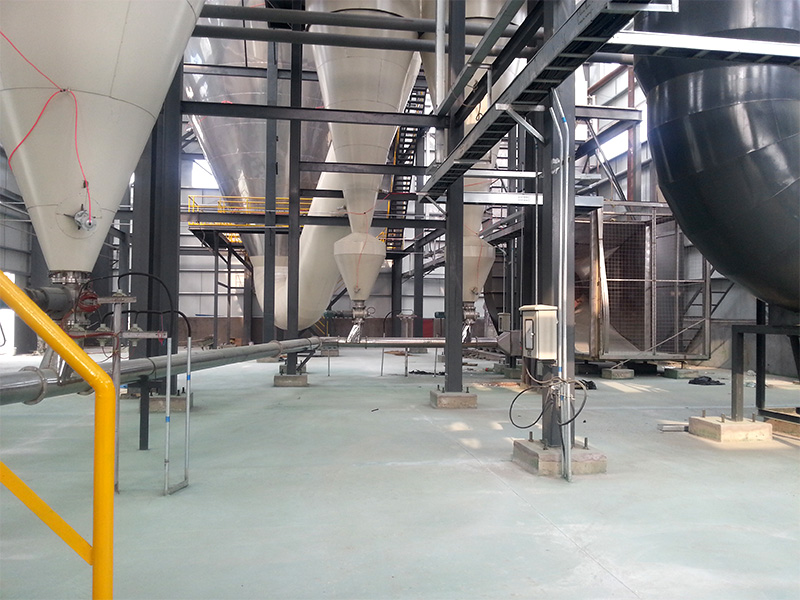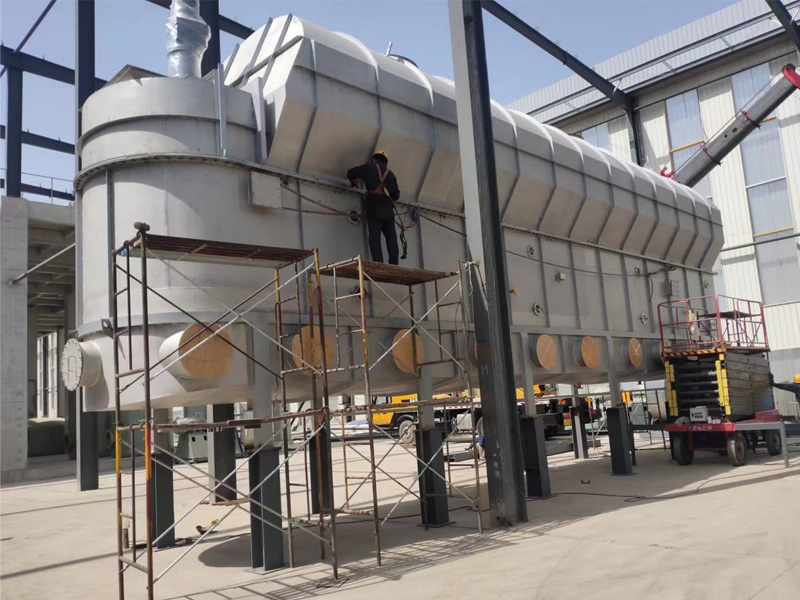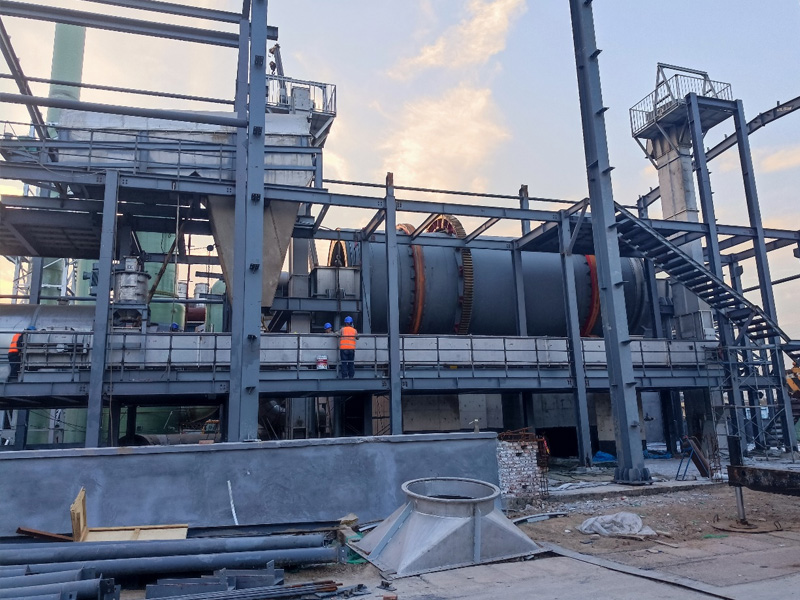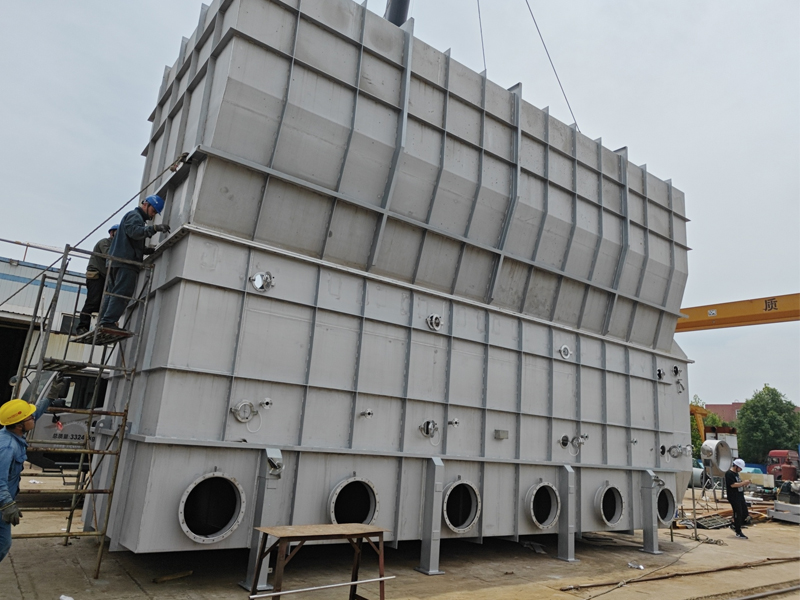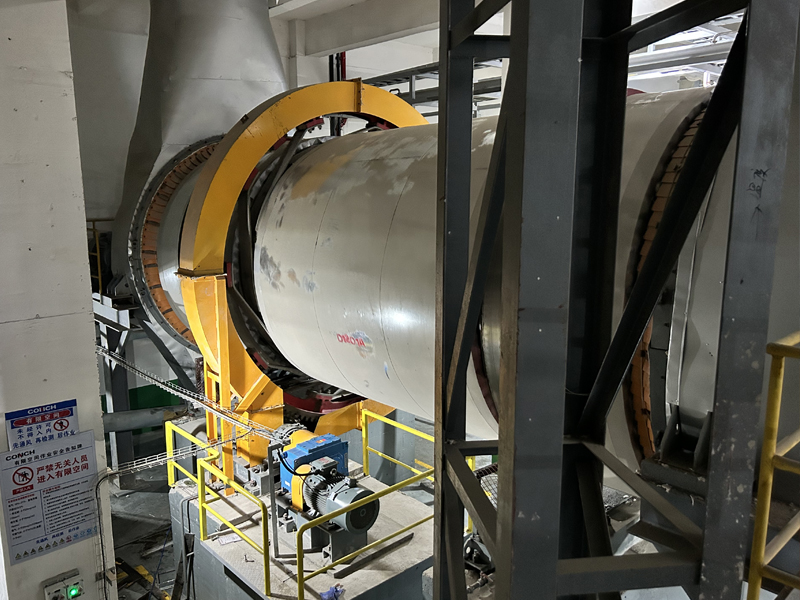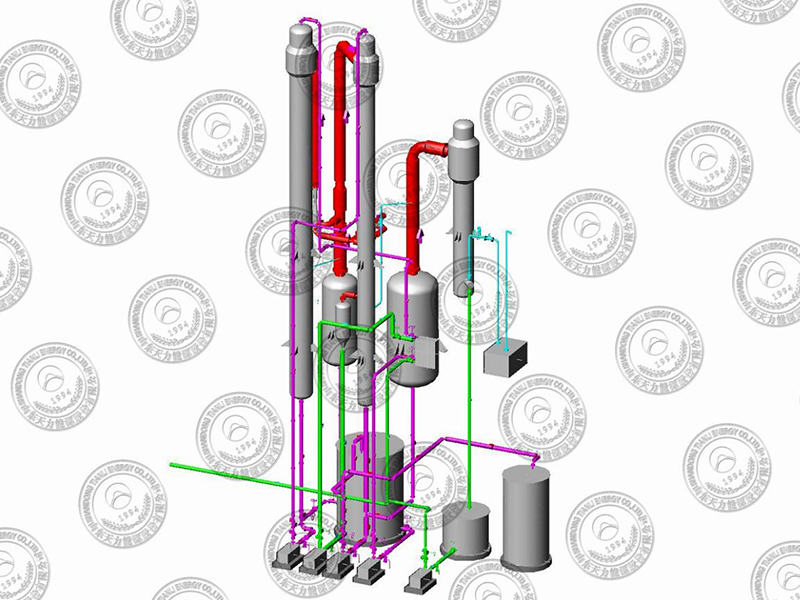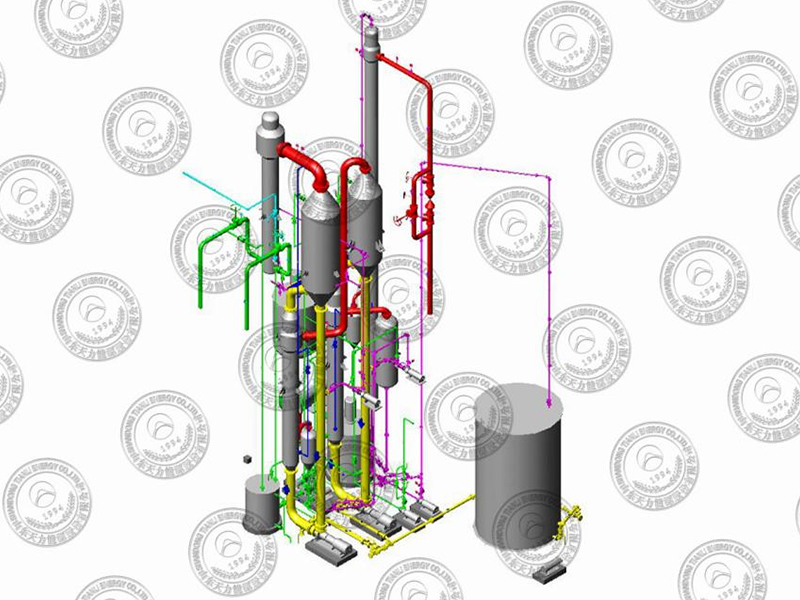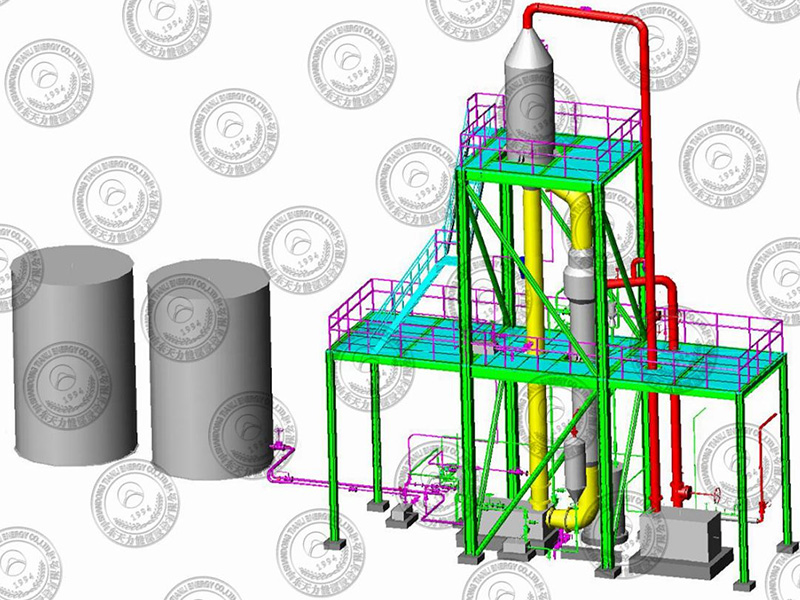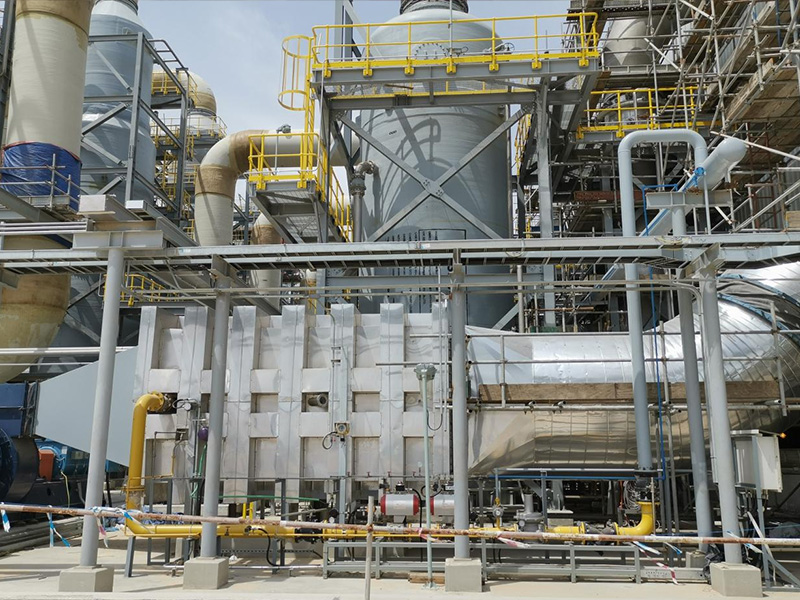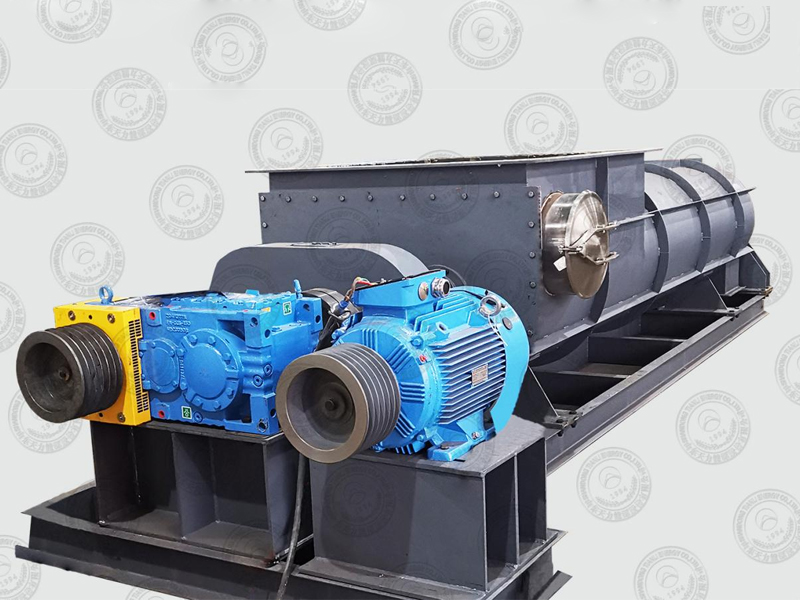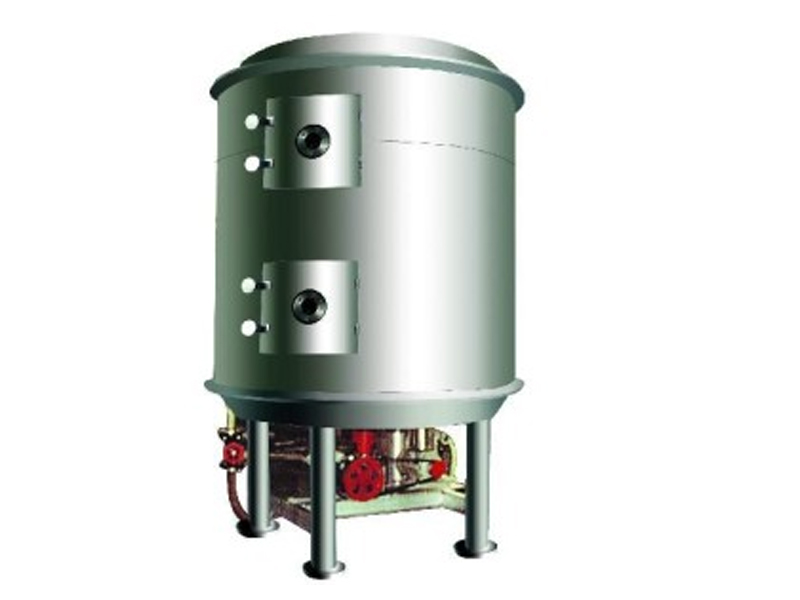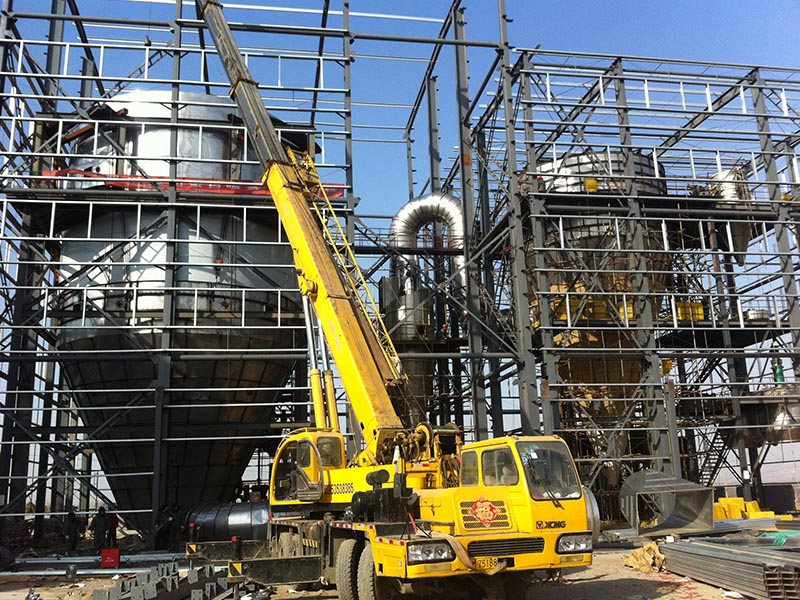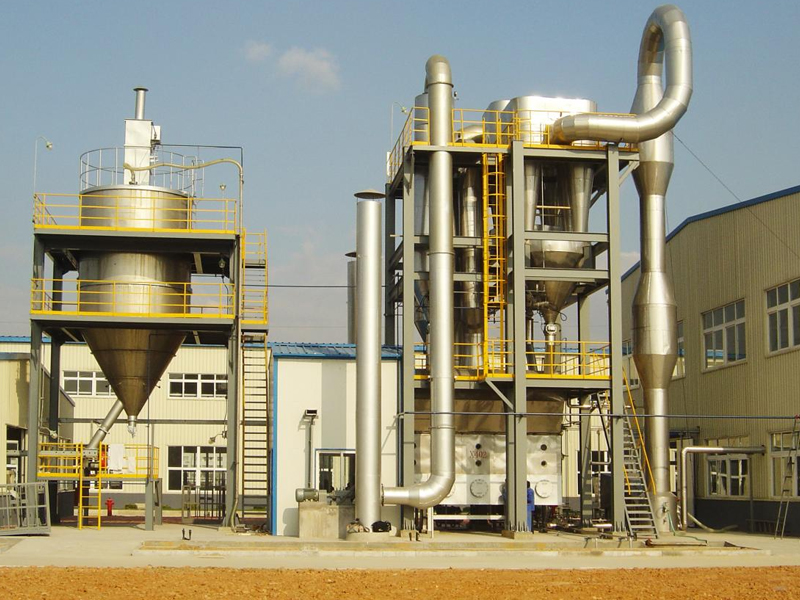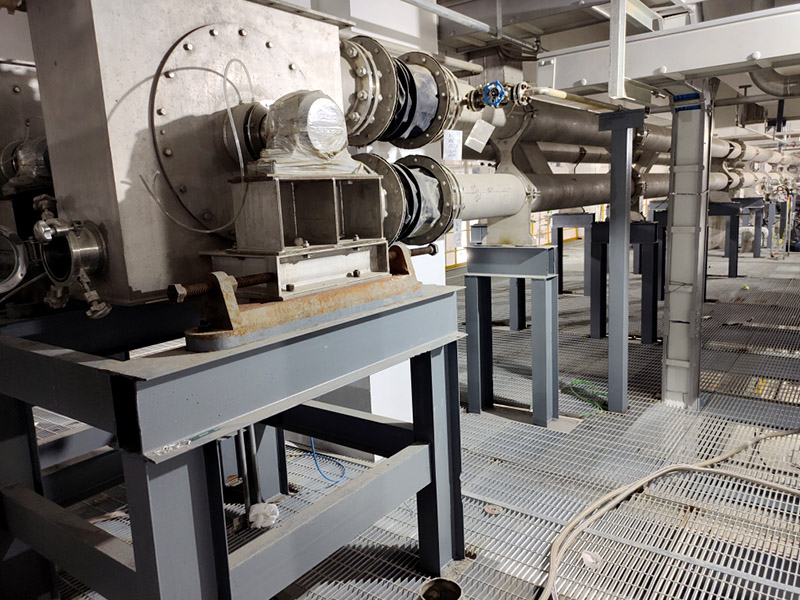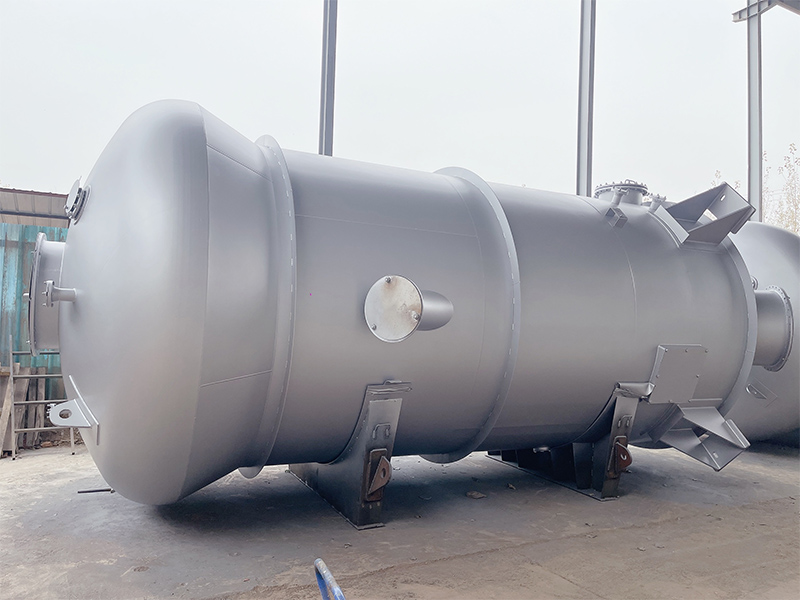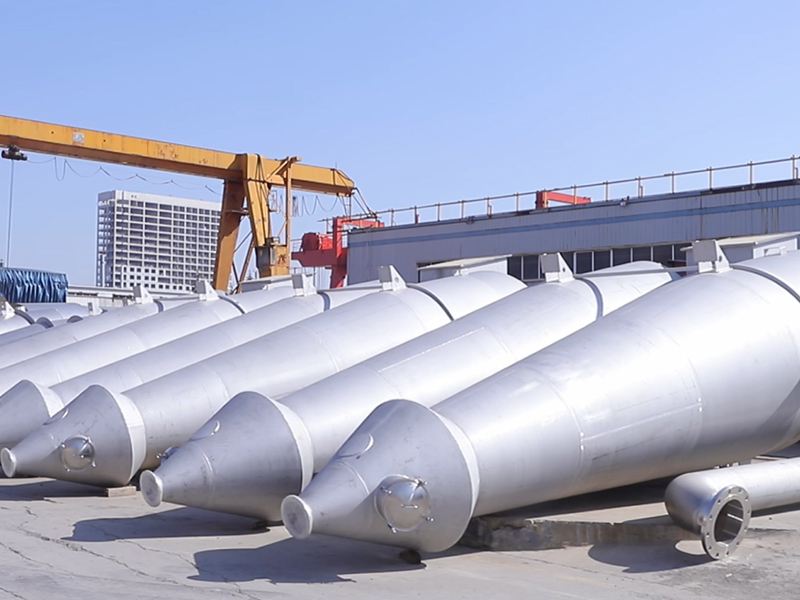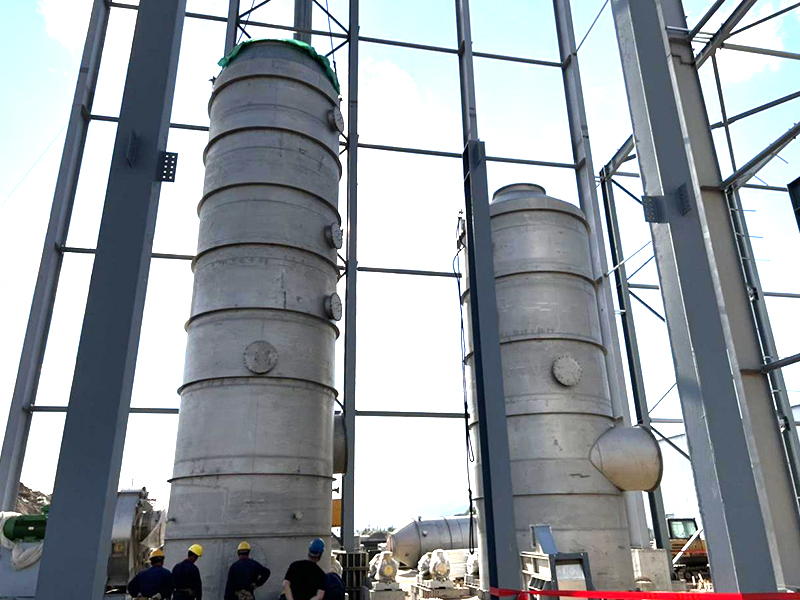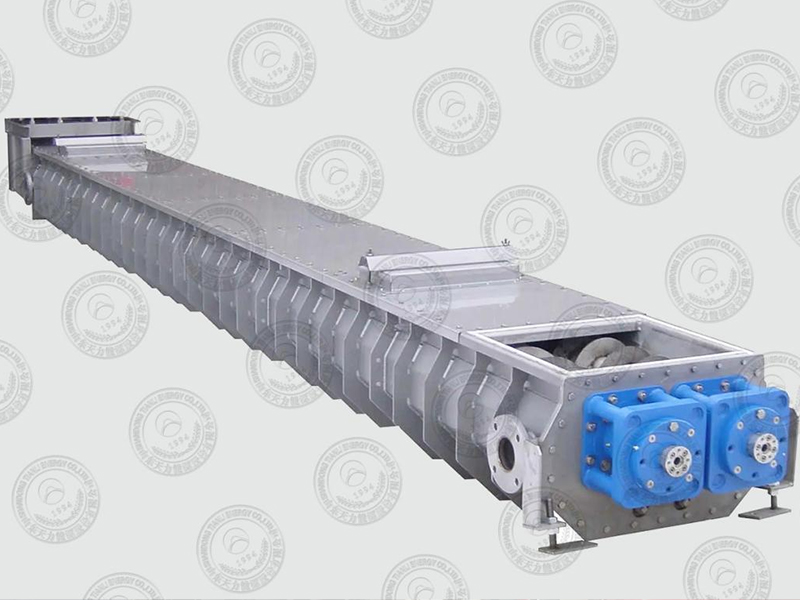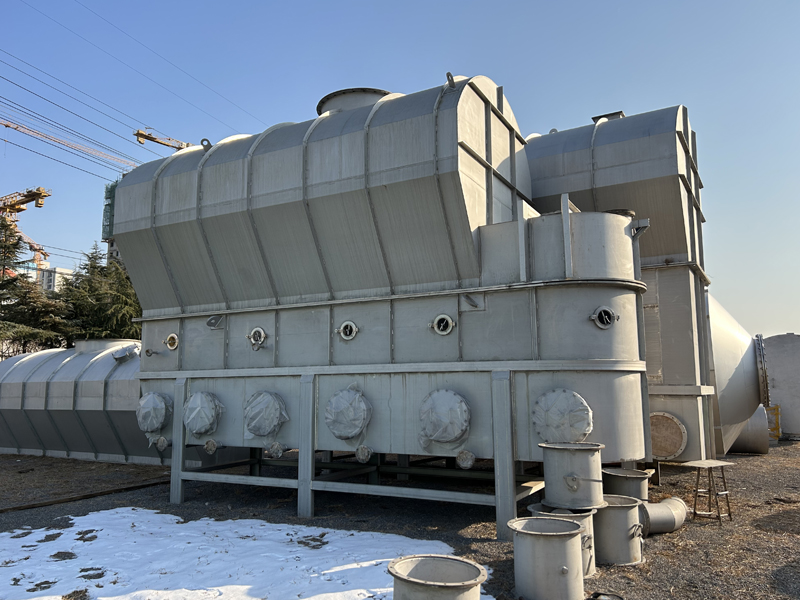LIST
PRODUCTS
Contact us
Fluid Bed Dryer with Stirrer
- Tianli
- China
Structural Composition
Structural Composition
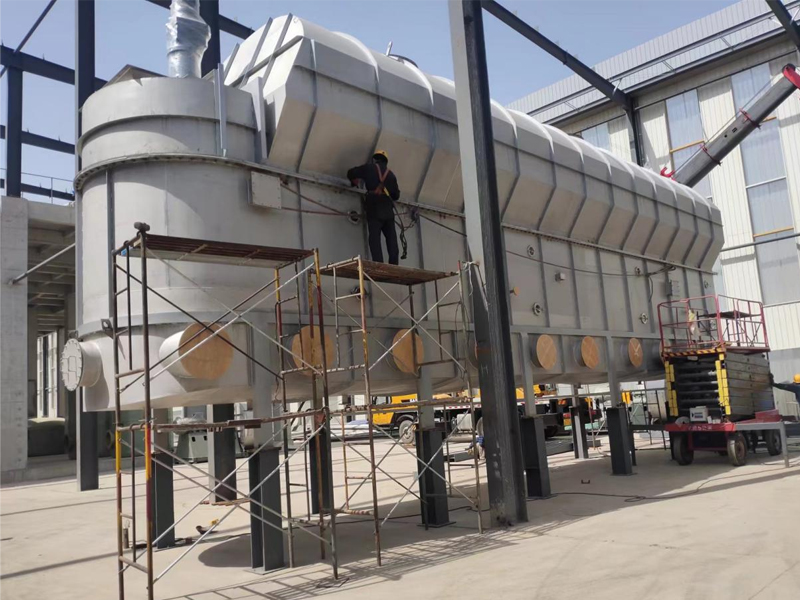
The fluid bed dryer with stirrer is a gas-solid mixing equipment added with a mixing device on the basis of conventional fluid bed dryer, and its core structure includes:
1.Support Legs: The bottom support legs are made of welded channel steel and support the air chamber, fluidization section and separation section of the fluid bed dryer;
2.Air Inlet Chamber: It is a welded structure composed of plates and reinforcing ribs, which is divided into multiple air inlet chambers. It mainly plays the role of air intake and air equalization to ensure the normal fluidization of the fluid bed dryer and ensure that the cleaning water can be discharged in time during maintenance;
3.Air Distribution Plate: It adopts advanced air distribution structure, which can not only ensure normal fluidization, but also effectively prevent leakage, and is more conducive to large particle discharge;
4. Fluidization Section: This structure mainly completes heat exchange and drying functions. The material exchanges heat with hot air, the steam generated by drying is taken away by the fluidizing air, and the finished product is discharged out of the dryer. This equipment is equipped with a sight glass structure, which can conveniently observe the fluidization state of the material in the fluid bed dryer and facilitate external adjustment. This equipment is equipped with a quick discharge port, which can facilitate the rapid discharge of material when abnormal conditions occur. The atomizer and spray gun adopt a structure that is easy to disassemble and can be quickly and conveniently inspected. The scientific and reasonable frame structure of the entire fluidization section ensures the normal operation of the equipment with load. In addition, this equipment is equipped with several temperature measurement points, which can facilitate temperature measurement and judge the operating status of the equipment;
5. Mixing device: composed of motor reducer, mixing shaft and mixing blade. The stirring blade is buried in the bottom material in the fluid bed dryer. Through physical stirring, the material briquettes are forced to be cut, so that the materials are fully mixed with the high-temperature bottom material in the fluid bed dryer, evenly dispersed, improving the drying efficiency, and avoiding the occurrence of material agglomeration, caking, hardening and wall adhesion;
6.Separation Section: It is a welded structure composed of plates and reinforcing ribs. This structure mainly completes the separation and discharge of the moisture-carrying air after the material is dried; at the same time, most of the dust automatically falls by gravity, reducing the dust content in the outlet air. This equipment is equipped with a manhole to facilitate internal maintenance of the fluid bed dryer.
Core Strength
High Mixing Efficiency. The agitator forcibly disintegrates materials while aerating them through airflow fluidization, achieving material particle uniformity with mixing homogeneity exceeding 99%;
Handling Viscous Materials. Mechanical agitation breaks down material agglomerates, eliminating traditional fluid bed dryer issues like channeling, wall adhesion, particle agglomeration, and bed deactivation caused by material stickiness. Particularly suitable for materials with high moisture content or prone to cohesion;
Enhanced Heat & Mass Transfer. The agitator thoroughly mixes materials with the heat transfer medium, increasing the heat transfer coefficient by 30–50% compared to conventional fluid bed dryer. Ideal for applications requiring intensive thermal exchange;
Operational Flexibility. Adjustable parameters including agitator rotation speed, fluidization velocity, and inlet air temperature allow adaptation to diverse material properties and process requirements, ensuring broad equipment applicability.
Working Principle
The technology combines synergistic gas-solid fluidization and mechanical agitation mechanisms:
1. Fluidization Process:
Gas (e.g., air, nitrogen) enters the bed uniformly through the air distributor plate. When gas velocity exceeds the material's minimum fluidization velocity, particles are lifted and suspended, forming a liquid-like fluidized state.
2.Stirring Mechanism:
Rotating stirrer apply mechanical force to break particle agglomerations, preventing viscous material caking or dead zone formation. Agitator blades drive material circulation, intensifying gas-solid phase contact, mixing, and heat/mass transfer efficiency.
3.Synergistic Effect:
Airflow provides suspension dynamics, while stirring resolves issues like particle agglomeration and uneven fluidization in conventional fluid bed dryer. Particularly effective for poor-flowing materials (e.g., cohesive powders, high-moisture pastes).
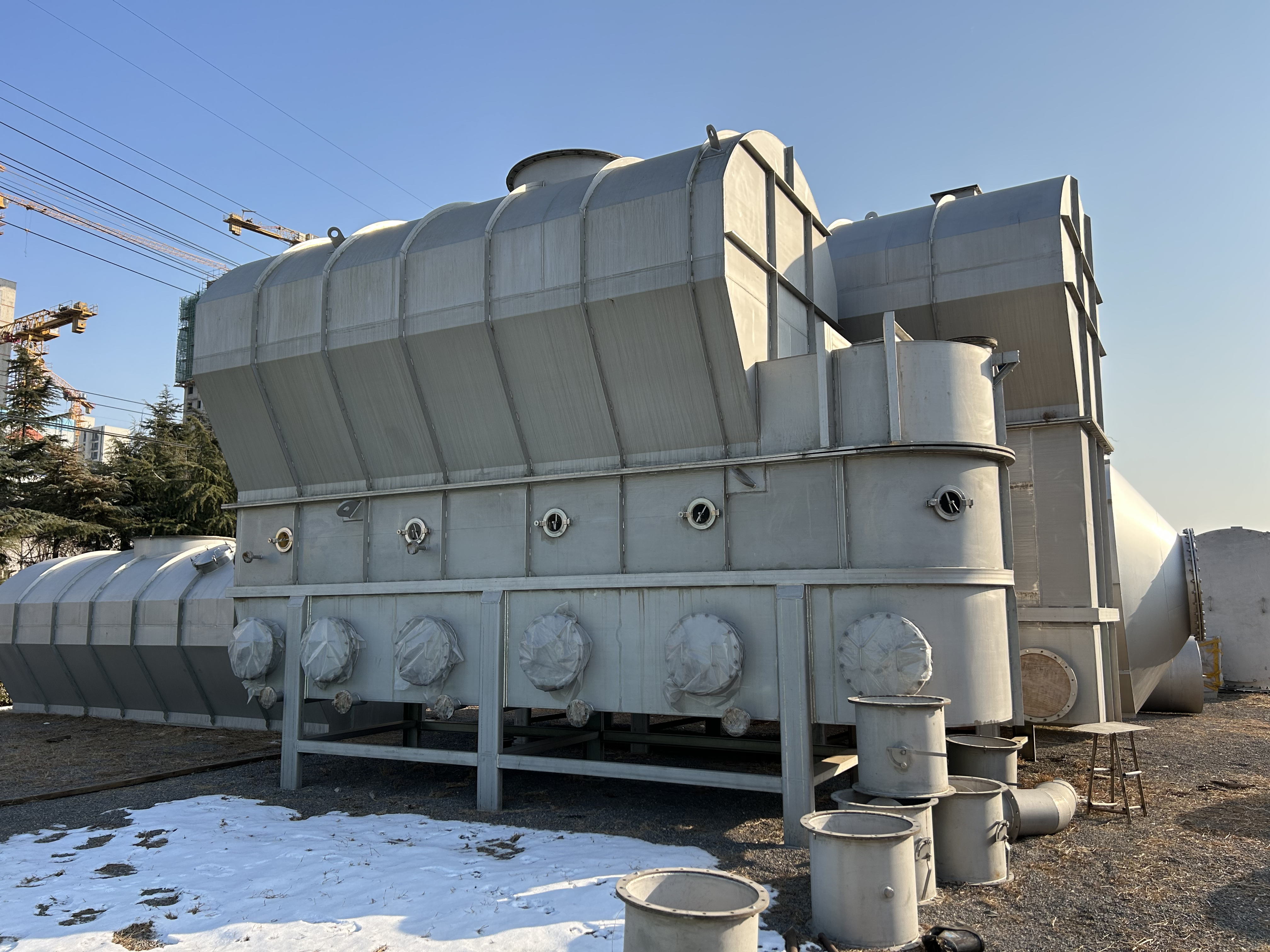
Applicable Material
1. Chemical and Petrochemical Industry
Catalyst and carrier: small particle size, easy to agglomerate, materials requiring uniform distribution of active components, and stirred fluidized bed can prevent caking and strengthen heat exchange. For instance: molecular sieves, alumina supports, hydrogenation catalysts, catalyst precursors.
Inorganic salt and chemicals: materials that are easy to agglomerate after moisture absorption or need to avoid particle crushing during drying. Mixing can maintain fluidization and control particle integrity. For instance: potassium carbonate, ammonium nitrate, potassium dihydrogen phosphate, polyvinyl chloride (PVC) resins, polyvinyl alcohol (PVA).
2. Food&Pharmaceutical Industry
Food raw materials and additives: for materials with strong heat sensitivity and requiring low temperature drying, the stirred fluid bed dryer shall avoid local overheating through uniform fluidization and ensure product solubility. Examples: instant coffee, milk powder, starch, glucose, dietary fiber, condiments.
Pharmaceutical intermediates and preparations: materials with high water content and viscosity (such as Chinese herbal extracts). Mixing can prevent wall adhesion and agglomeration, and the effective ingredients will not decompose under low temperature environment protection. Examples: Antibiotics, vitamins, Chinese herbal extracts, tablet particles.
3.Mineral Resources
For materials with high water content of particles or requiring surface modification, the stirred fluid bed dryer can accelerate water evaporation and promote thermo-chemical reaction. For instance: kaolin, diatomaceous earth, bentonite, metal oxide.
4.Agriculture and Biomass Industry
Feed and fertilizer: some of the materials containing grease or organic matter and easy to be caked, the stirred fluid bed dryer can maintain the fluidization state and avoid the inactivation of microorganism during the drying process. For instance: fish meal, bone meal, compound fertilizer, microbial agent carrier.
Biomass energy: fibrous materials with low bulk density and uneven moisture content. Mixing can prevent ditch flow during fluidization, ensure dry uniformity and prepare for subsequent molding. For instance: sawdust pellets, biomass char, bagasse, corn cob.


